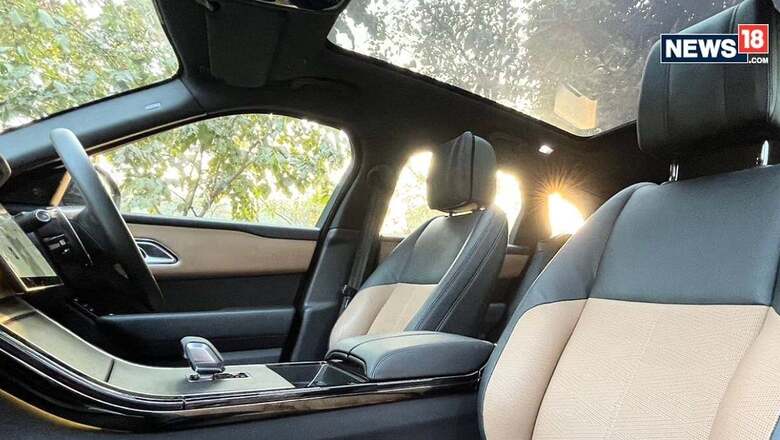
views
Over the past decade, the automotive industry has witnessed significant advancements, leading to a complete transformation in various car features.
There is a growing trend towards increased comfort, technology, and personalisation in car design. Human-machine interfaces (HMI) are now taking over the interiors of cars, with auto OEMs implementing smart digital interfaces built on advanced technology platforms.
These changes from mechanical to electronic HMI controls promise to revolutionise the driving experience, making it more efficient, connected, and comfortable than ever before.
How It Has Changed Over The Years
Car interiors are evolving with larger legroom and headroom for passengers. The mechanical interfaces in vehicles are being replaced by touch-sensitive panels, voice controls, digital surfaces, wireless communications, etc. Seats are being designed with improved comfort, ventilation, and heating capabilities, making them more comfortable for longer journeys. The cars also offer ambient lighting, which allows for customisation of the interior atmosphere, creating a more relaxing or stimulating environment.
Smart Cars With Internet Connectivity
Besides this, Wi-Fi hotspots and Internet connectivity allow passengers to stay connected and entertained on the go, similar to how living rooms are often the hub for Internet access and entertainment in homes. Some cars offer seats that can be folded or rearranged, allowing passengers to configure the interior based on their needs, similar to how living room furniture can be arranged to suit different activities. High-quality materials like leather, wood, and soft-touch plastics are being used to create a more luxurious and inviting interior environment, akin to how living rooms often showcase the homeowner’s taste and style, as reported by HT Auto.
The convenience of smart devices and the internet of things, which have become ubiquitous, have captured the attention of modern customers. While the customers find these technologies convenient and advantageous, they expect the same level of experience when driving their cars. OEMs are also putting more and more emphasis on giving the same to their car buyers. This is the main reason behind the rapid growth of connected cars and so many in-car features.
In order to meet market and consumer expectations while remaining competitive, car manufacturers have started to connect cars to the internet and provide smart user interfaces in these vehicles, similar to those seen on consumers’ smart devices at home and at work. This strategy ensures seamless connectivity across consumers’ devices, regardless of location. In a nutshell, a car’s interior is evolving and becoming an extension of the owner’s living room or office.
The rapid growth of capacitive user interfaces, including touchscreens that can be customised for multiple functions like infotainment, navigation, and comfort settings, in place of the traditional mechanical knobs and buttons, exemplifies this shift in consumer focus.
Design Flexibility In Cars
Car interior design has undergone a revolution as a result of the increasing usage of capacitive user interfaces, ensuring maximum physical comfort through ergonomic layout. Even in the most affordable price categories, this strategy is making modern car interiors sleek with cutting-edge aesthetics.
In addition to increasing the physical comfort of the car occupants, the use of a sleeker and more digitised HMI gives manufacturers greater design flexibility. Modern cars are increasingly focusing on spacious interiors in order to improve passenger comfort. At the same time, these vehicles provide enriched experiences with features, such as wireless communication, improved lighting and sound systems, and internet or cloud connectivity.




















Comments
0 comment